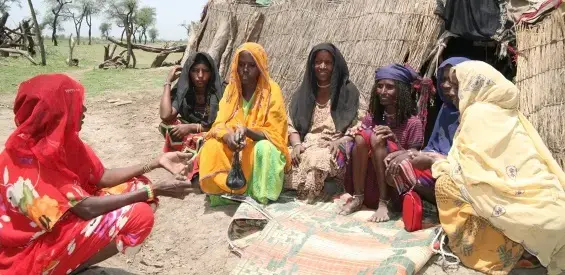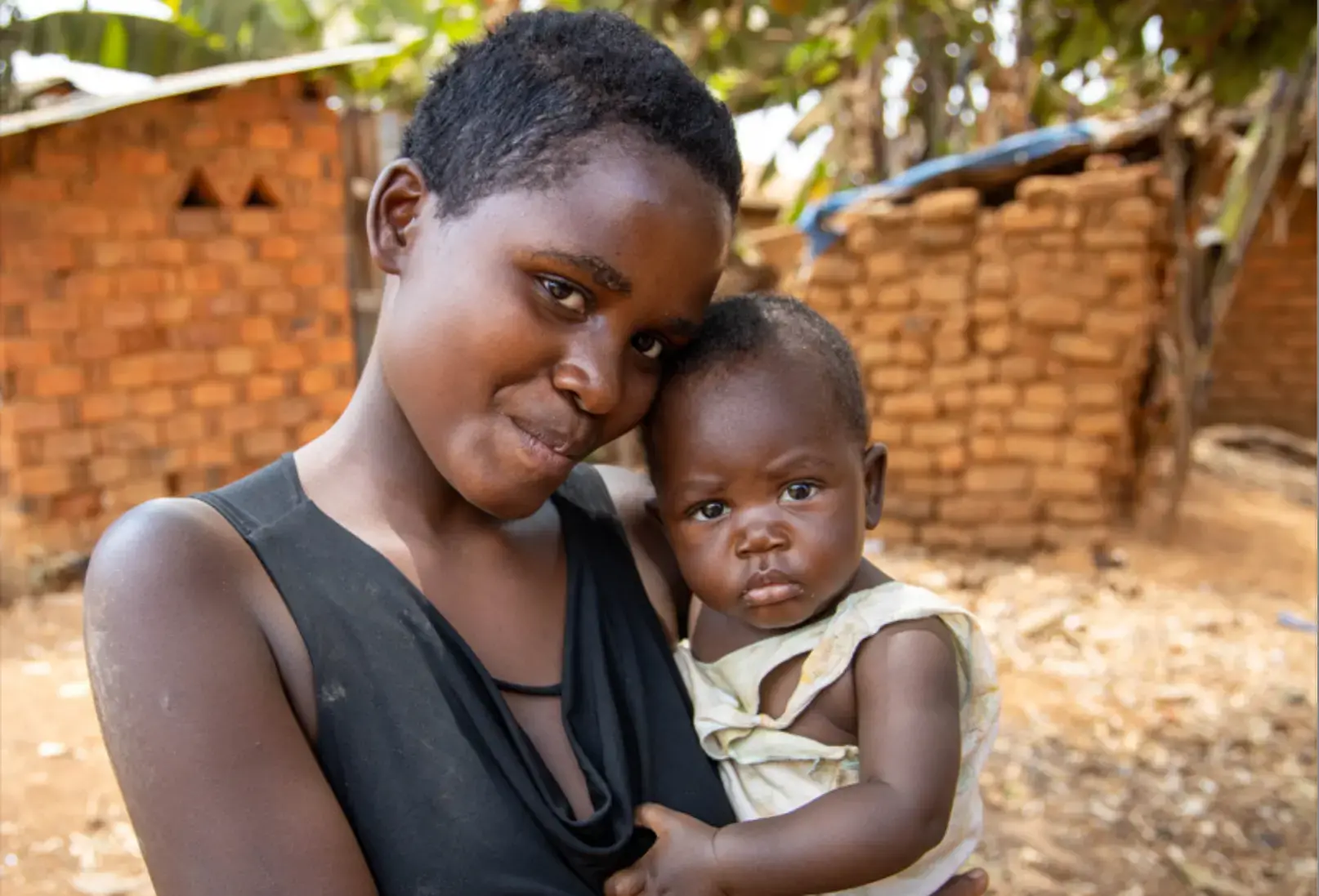Countries in the region are at different stages of the demographic transition and are projected to enter the window of opportunity to harness the demographic dividend at different time points. The countries can be classified into three categories: countries with high fertility, weak institutions, and high employment, like Malawi and Burundi; middle-income countries with reductions in fertility level and weak socioeconomic systems performance, like Botswana and Namibia; and countries with replacement fertility levels yet characterized by high levels of inequalities, like Mauritius and Seychelles.
Differences in the number of babies born to people in different parts of the same country can be significant. For example, there might be a big gap between how many children are born to women in cities compared to rural areas, or between different income groups or population groups. These differences are often caused by a range of factors such as child marriage, unequal access to contraception or safe abortion, and whether women breastfeed or avoid sex after giving birth.
When experts studied why the number of babies being born per woman was declining in the region, they found that the rate of decline in number of children born to people who were richer tended to more rapid than for those who were poorer. This was because wealthier people married later, gained more education, and their rate of contraceptive use increased modestly in comparison to the poorest people.
The correlation between changes in demographics and increasing inequality is particularly noticeable in this region, based on gender, ethnicity or race, age, socioeconomic status, education level, job status, industry, occupation, and location. To make the most of opportunities to harvest the demographic dividend, we need to pay attention to these and other factors that could divide society.
COVID-19 impact on demographic dividend
The COVID-19 pandemic exposed problems with how countries are set up to provide for basic needs like health care, education, food, water, sanitation, and safety - problems triggered by economic shocks and social vulnerabilities. It's important to position sexual and reproductive health and rights (SRHR) within social protection. This strategy has been proven to have a big impact in reducing inequality gaps faced by vulnerable groups, including women, older people, people with disabilities, those living with HIV, survivors of gender-based violence, young people who are not in education, employment or training, and minority and marginalized groups. This is an area that hasn't yet been fully explored, but has great potential.
Unless we act, the current situation is a threat to social inclusion, cohesion, and accountability systems needed to create the economic change we want in the region.





